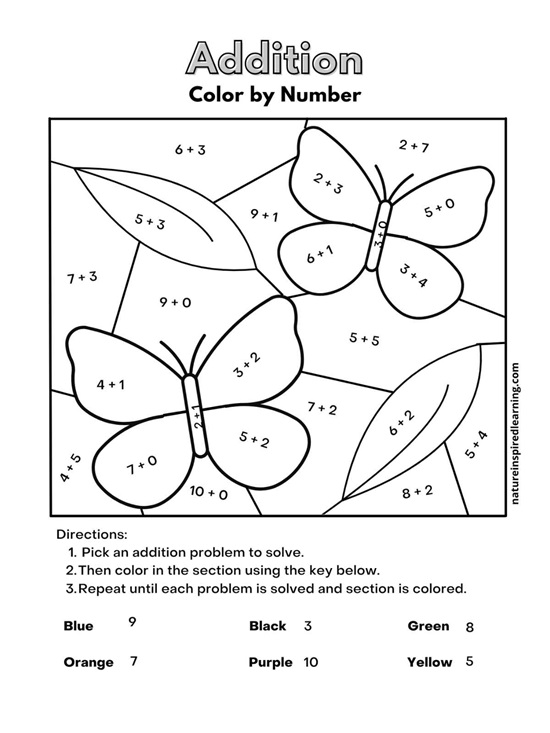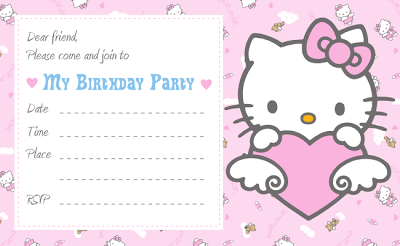Learning numbers doesn’t have to be boring—by turning math into a fun and engaging number activities, children can develop important skills while having a great time. Whether they’re just starting with number recognition or diving into more advanced concepts like multiplication and fractions, interactive activities help make learning feel like play. From tracing numbers to solving colorful math puzzles, these activities build confidence and reinforce essential math skills in a way that keeps children excited and motivated.
Incorporating number activities into playdates and parties adds an extra layer of excitement to social gatherings while promoting learning in a natural setting. Games like color-by-addition or subtraction encourage teamwork and creativity, while hands-on activities like number tracing provide a fun, low-pressure way to practice. By blending education with entertainment, children can strengthen their math skills without even realizing they’re learning, making every playdate or celebration both enjoyable and enriching.
Benefits of Learning Numbers through Fun Activities
Activities are really great to keep children busy and occupied, but they also carry a lot of benefits that are sometimes overlooked. Educational activities are a lot of fun and they can actually boost a child’s brain developments in so many different ways.
- Boosts Engagement and Interest: When children learn numbers through fun number activities, they are more likely to stay engaged and interested. Playful learning keeps their attention longer than traditional methods, making it easier for them to absorb new concepts without feeling pressured or bored.
- Strengthens Number Recognition: Interactive activities like number tracing and matching games help children recognize and differentiate numbers easily. Repeated exposure through fun exercises reinforces their understanding and builds a strong foundation for future math skills.
- Enhances Problem-Solving Skills: Number activities like color-by-addition or subtraction encourage children to think critically and apply problem-solving strategies. By figuring out which numbers to use and how they interact, kids develop logical thinking skills that are essential for math success.
- Encourages Hands-On Learning: Using manipulatives, puzzles, or creative tasks like coloring helps children learn through hands-on experiences. Tactile learning improves memory retention and makes abstract math concepts more concrete and understandable.
- Promotes a Positive Attitude Toward Math: When math is introduced in a fun and stress-free way, children develop a positive mindset toward learning numbers. Enjoyable number activities reduce math anxiety and build confidence, making them more likely to embrace math as they grow.
- Makes Learning Social and Collaborative: Incorporating number activities into playdates and parties encourages social interaction and teamwork. Working with friends to solve puzzles or play math-based games fosters communication skills and cooperative learning, making the experience enjoyable and beneficial.
Number Activities
Number Recognition Game
Number recognition games, such as matching numbers or playing number hunts, make learning interactive and exciting. These activities help children identify and differentiate numbers effortlessly while improving their observation skills. By turning learning into a playful challenge, kids build confidence in recognizing numbers in everyday situations. Try this Finding the Number Activity by Worksheets Pack, they have a collection of worksheets and each worksheet has with a different number for your child to find.

Number Tracing
Tracing numbers with crayons, chalk, or even finger painting adds a creative touch to learning. This hands-on activity strengthens fine motor skills and hand-eye coordination while reinforcing number formation. The sensory aspect makes it fun and engaging, ensuring children remember numbers more effectively. This worksheet by Just Family Fun not only gets kids to practice their number tracing, but also to practice number recognition.

Color by Addition
Color-by-addition worksheets transform math problems into art, making learning visually appealing and enjoyable. As children solve addition problems to reveal a colorful picture, they enhance their computation skills and number sense. You can head to Nature Inspired Learning to try their wonderful color by addition worksheets. This number activity promotes focus and patience while providing a space to channel creativity and a rewarding final product. It’s important to be aware of the level of difficulty of the addition worksheet that you are getting. Get the ones that cater to your child’s math skills, and after a while you can challenge them with more complex additions.

Color by Subtraction
Just like color by addition, color by subtraction allows children to practice subtraction in a creative and engaging way. By solving equations to determine colors, kids sharpen their problem-solving skills and develop confidence in their math abilities. You can get them to try color by subtraction with this worksheet from Math Monks, there are also worksheets that get them to uncover a hidden image by completing and coloring the subtractions, the excitement of uncovering a hidden image keeps them motivated to complete the activity.

Multiplication Activities
For older children, you can still get them to practice their math with fun number activities, worksheets and games. Multiplication becomes more exciting with hands-on games like rolling dice, using flashcards, or playing board games. Try this multiplication match that involve matching the multiplication sum with its answer. These activities help children grasp multiplication patterns through repetition and friendly competition. By making multiplication fun, kids develop quicker recall and a deeper understanding of number relationships.

Division Visual Models
Using objects like counters, beads, or even snacks to model division makes the concept easier to grasp. Children can physically divide items into equal groups, helping them understand how division works in a hands-on way. This interactive approach makes learning division fun and visual, reinforcing problem-solving skills while reducing frustration. You can try some this fun division with models worksheet from 15worksheets.com.

Introducing Fractions
Exploring fractions with pizza slices, building blocks, or playdough makes a complex concept easy to understand. Hands-on fraction activities help children see how parts make a whole, reinforcing their comprehension in a fun and relatable way. By using real-life examples, kids connect math to everyday experiences, making learning more meaningful. You can always start simple, with this worksheet from Superstar Worksheets for example. This worksheet uses visuals and incorporates engaging activities such as cutting, pasting and sorting into learning, making it a lot more fun and exciting.

Incorporating Number Activities in Kids’ Parties and Playdates
Absolutely! Incorporating number activities into playdates or parties makes learning fun and engaging while allowing kids to enjoy themselves with friends. Games like color-by-addition or subtraction, number scavenger hunts, and math-themed relay races turn educational concepts into exciting challenges. These activities create a lively, interactive environment where children can play, collaborate, and reinforce their math skills without even realizing they are learning.
Plus, adding number games to parties encourages teamwork and friendly competition, making the experience even more enjoyable. Whether it’s solving puzzles together, tracing numbers with colorful materials, or using hands-on models for multiplication and division, kids stay entertained while boosting their confidence in math. By blending learning with play, children develop a positive attitude toward numbers, making playdates and parties both memorable and educational.
Here are some of the key advantages when children do fun and educational number activities together:
- Encourages Social Interaction – Working on number activities together helps children develop communication and teamwork skills as they solve problems and share ideas.
- Builds Confidence – Kids gain confidence in their math abilities when they practice with peers in a fun, low-pressure setting.
- Enhances Problem-Solving Skills – Group activities encourage children to think critically and find solutions collaboratively, strengthening their logical reasoning.
- Makes Learning More Enjoyable – Playing number games with friends adds excitement to learning, turning math into a fun and engaging experience.
- Reinforces Concepts Through Discussion – Talking about numbers and strategies with others helps children deepen their understanding and retain information better.
- Encourages Healthy Competition – Friendly challenges and math-based games motivate children to improve their skills while having fun.
- Promotes Cooperative Learning – Kids learn from each other’s strengths and different problem-solving approaches, making the learning experience more enriching.
- Creates Positive Associations with Math – Sharing enjoyable number activities helps children see math as fun and rewarding rather than intimidating.
So what are you waiting for? Let’s invite family and friends with young children to get together for a “Number Activities Party!” We also have a collection of fun and adorable invitation templates that you can use for your invitations, whether to send as a personal invitation or a social media post. To view some of the designs, you can head to 8+ Bugs N Animals For Kids Birthday Invitation Templates and 7+ Cool Alien Spaceship For Birthday Invitation Templates, these designs go really well for any children’s party or playdate.


Final Thoughts































